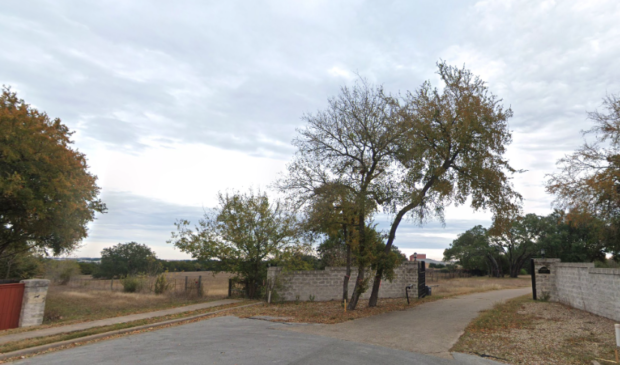About the Author
Jo Clifton is the Politics Editor for the Austin Monitor.
Newsletter Signup
The Austin Monitor thanks its sponsors. Become one.
Most Popular Stories
- Council members celebrate unanimous defeat of bill that proposed putting Austin under state control
- A once-banned type of building is back in favor – and the Planning Commission approves
- Eviction crisis spreads as affordability pressures worsen
- Austin churches answer prayers for affordable housing – by building it themselves
- East Austin’s ‘wishbone’ bridge takes shape as concrete beams almost span Lady Bird Lake
-
Discover News By District

Neighbors, developer reach deal on apartments
Tuesday, August 11, 2020 by Jo Clifton
Neighbors living close to 10801 Wayne Riddell Loop, which is slated for a 750-unit apartment complex, were dismayed to learn of the developer’s original plans. They worried that the complex would bring an untenable number of cars into the area and add to flooding problems for the Slaughter and Onion Creek neighborhoods.
But after developer Oden Hughes agreed to make a number of changes to the original plans for the 37-acre tract, neighbors dropped their opposition to the proposal. As a result, no one spoke against the change on July 30 when City Council gave first-reading approval to rezoning the previously rural property from Interim-Rural Residence (I-RR) to Multifamily Residence – Moderate-High Density with a conditional overlay (MF-4-CO).
Neighborhood leader Tom “Smitty” Smith explained that neighborhood activism helped get “a number of agreements” with the developer. The most significant of those, Smith said, is the agreement “to use green stormwater infrastructure to reduce runoff into Slaughter Creek and oversize the retention ponds for their other required activities by 10 percent to account for the more extreme weather, rainfall, we expect in the future. … And this will help protect Onion Creek and the Dove Springs communities downstream in the Onion Creek Valley.” Smith said he believes requiring the green stormwater infrastructure could set a precedent for future development.
The other major concern for neighbors was increased traffic. Smith said in order to show how bad the traffic would be on Wayne Riddell Loop once the project was completed, the neighbors did a demonstration. At 5 p.m., they all got in their cars and drove out onto Wayne Riddell, creating a traffic jam that was even worse than what Smith had envisioned.
“We’re in between FM 1626 and South First Street and our little neighborhood would become a major shortcut” if the project were built the way it was originally designed, Smith said. It took just 100 cars to fill up the neighborhood street. The demonstration galvanized the neighborhood; Smith told the Austin Monitor that 112 people had initially signed up to speak against the project.
However, they decided not to speak once the developer agreed to a variety of changes on the project. Smith thanked District 5 Council Member Ann Kitchen, saying she was instrumental in helping the parties arrive at the agreement. The developer has also agreed to reduce impervious cover on the project from 65 percent to 55 percent and changed the lighting plan so that neighbors can continue to see dark skies at night.
For many neighborhood residents, the most important aspect of the agreement was street infrastructure improvements, including narrowing of the vehicle right-of-way on Wayne Riddell to slow vehicle speeds and the addition of a two-way bike lane with buffering. The Wayne Riddell Loop connection will not be opened until improvements are completed on FM 1626, including installation of a traffic signal at 1626 and Wayne Riddell. The developer has agreed to pay for their share of traffic improvements and also agreed not to use Wayne Riddell to access the site for construction.
As it was originally envisioned, Smith said, a four-story apartment building would loom over neighboring houses, but after Kitchen became involved, the developer agreed to move the structure closer to South First Street and put the two-story structure adjacent to the neighborhoods. Attorney David Hartman, who represented the developer, also thanked Kitchen for “helping us organize and develop and coordinate that modified transition zoning.”
The zoning change is slated to come back to Council for second and third reading on Aug. 27.
The Austin Monitor’s work is made possible by donations from the community. Though our reporting covers donors from time to time, we are careful to keep business and editorial efforts separate while maintaining transparency. A complete list of donors is available here, and our code of ethics is explained here.
You're a community leader
And we’re honored you look to us for serious, in-depth news. You know a strong community needs local and dedicated watchdog reporting. We’re here for you and that won’t change. Now will you take the powerful next step and support our nonprofit news organization?







